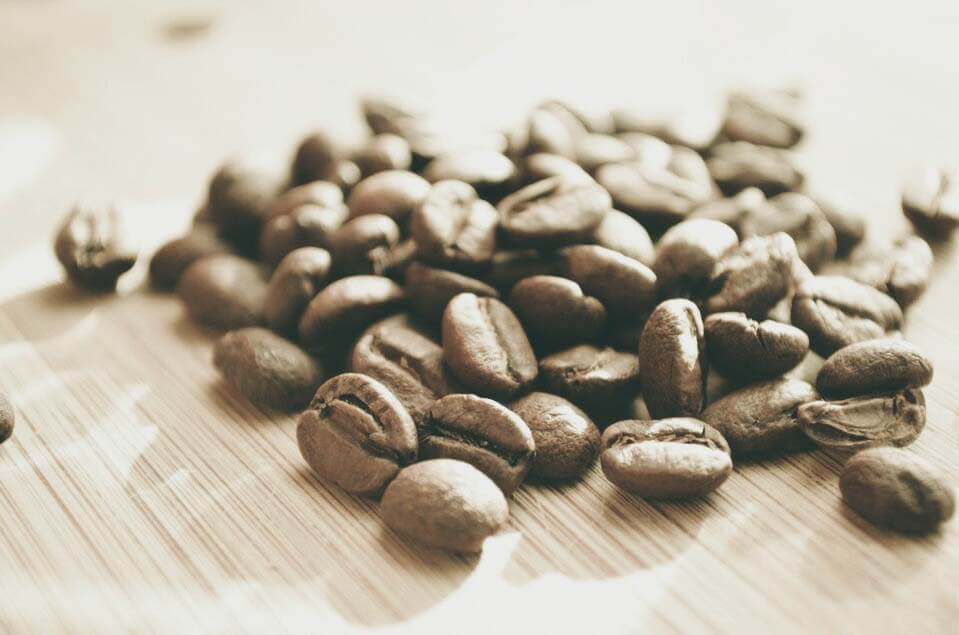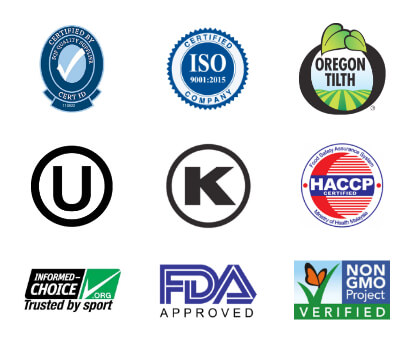
Are you trying to determine if pouch packaging is right for your food product? A lot of factors impact the success of your product’s sales, and packaging is one major example – including its cost, durability, functionality, and effect on the environment. The packaging you eventually select should highlight your product’s value, safely transport your product, protect it from outside contamination, and effectively persuade end users to purchase.
Successful flexible packaging maximizes the retail value of the product while minimizing space, volume, and weight. The smaller and lighter the packaging, the cheaper the transportation costs. How can your packaging reflect these principles all at once?
Specifications for Pouch Packaging
Food packaging can come in a wide variety to suit the specific needs of your product. Check out these various types of pouch packaging to find the one that best suits your needs.
Valved Pouches
Valved pouches are ideal for some food products. Valves come in a variety of styles with various functionality. One of the most common valves is a one way degassing valve designed to release CO₂ from inside the pouch during the course of the expected shelf life, without allowing O₂ into the package. This method increases the shelf life of the food product by preserving its freshness and allowing gasses to escape. Valve pouches are commonly used to package coffee beans, tea, and other products that give off gas. This packaging can easily be designed for bulk.
Barrier Pouches
Barrier pouches can be constructed with a variety of packaging materials that properly protect the product from outside contamination, including dirt, grease, pollutants, odor, oxygen, and moisture. The utilization of barrier properties helps preserve food products by preventing staleness caused by oxygen or vapor degradation. In addition, barrier pouches can protect the quality, aroma, and taste of food products. Some foods have the tendency to absorb surrounding odors, so the packaging must protect the product from this defection.
Foil Pouches
Packaging is responsible for safely delivering food products into the hands of the end users, and foil is one of the best materials to use to accomplish this goal. The quality of packaging is measured in part by the material’s Oxygen Transfer Rate, or OTR, which indicates how much O₂ can pass through the material in a certain time frame. Foil has an extremely low OTR, which means that very little O₂ will transfer through the material. The food product is safely packaged inside until the seal is broken at time of use.
Custom Printed Pouch Packaging
The appearance of food packaging, including the printing, directly contributes to the marketing of the product. Pouch packaging can be custom printed to effectively display your brand, differentiate among competitive products on retail shelves, and portray the unique value of your product. Flexible packaging, especially a stand-up pouch, offer a billboard effect when staged on the store shelves. We offer up to 10 colors for custom printed pouches, utilizing digital, flexographic, and rotogravure printing for the highest visual appeal. Matte finishes, zone glossing, and windows are all features we provide to help your product stand out in the marketplace.
Custom printed pouches are especially important for food products. According to scientific research, even pictures of food can trigger hunger pains. So displaying your food product on the package can strongly influence shoppers to purchase.
We hope these tips help you decide what kind of packaging to choose for your food product. If you’d like more information about the advantages of flexible packaging, check out this easy-to-read, brief ebook!


